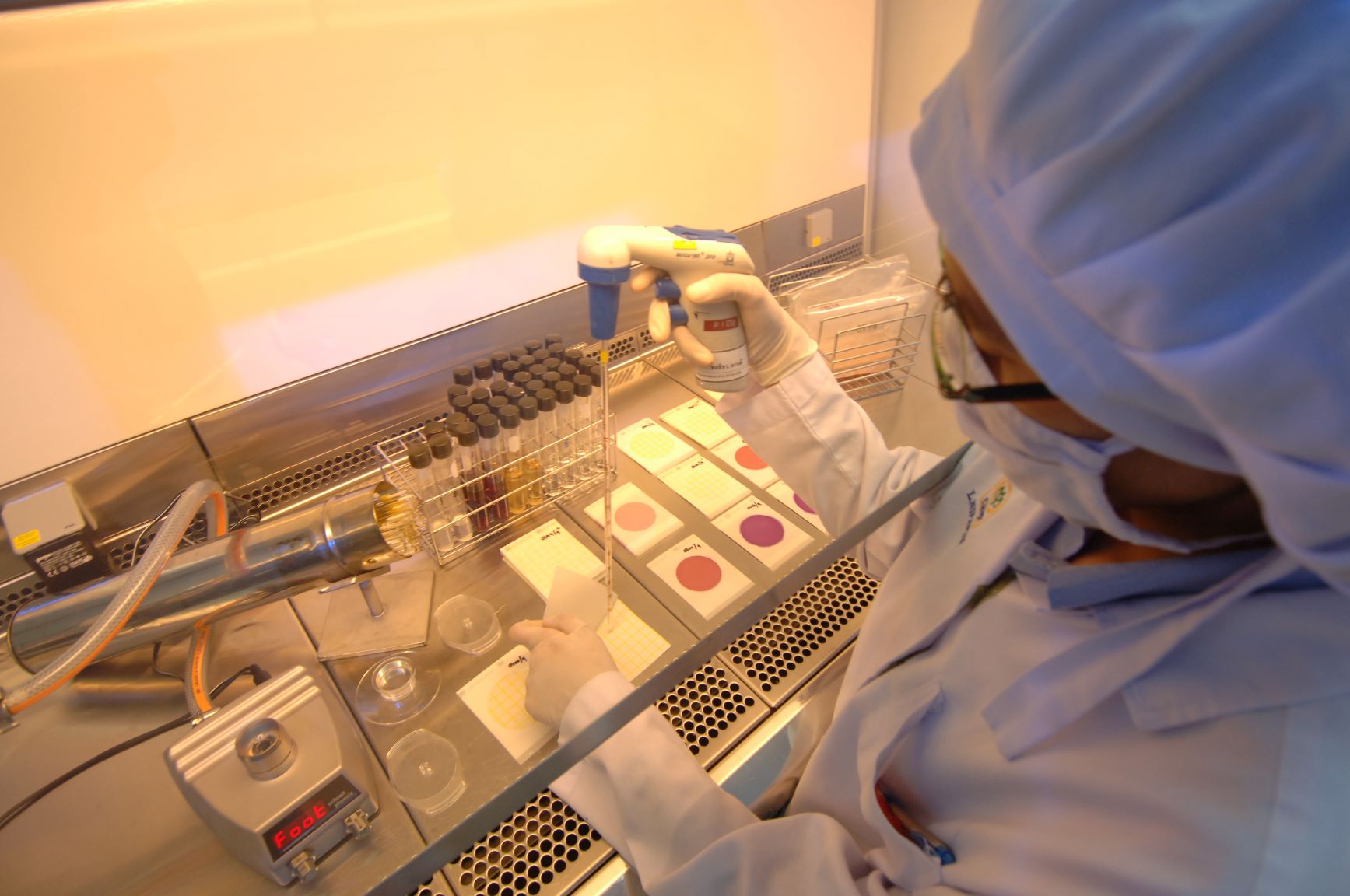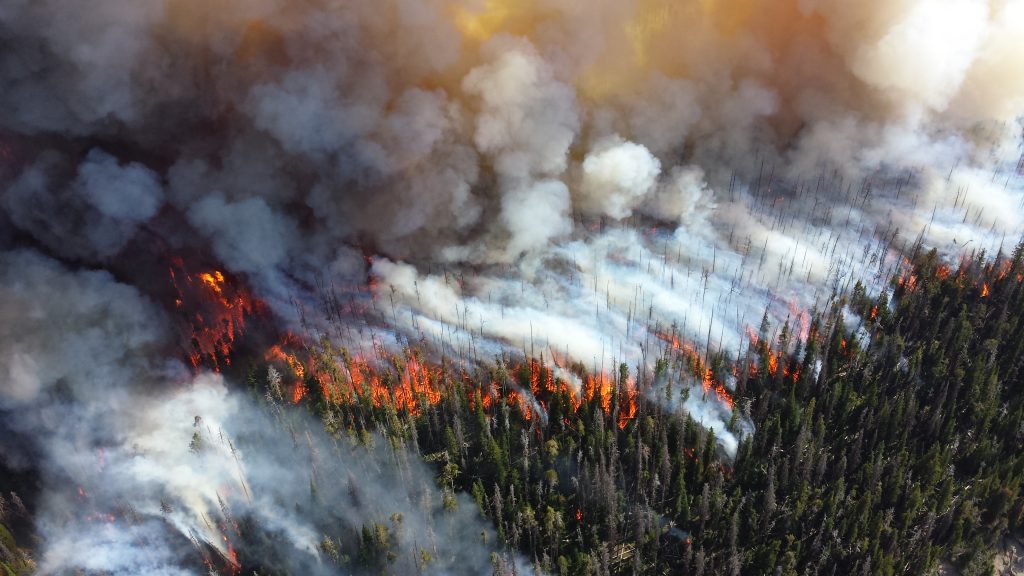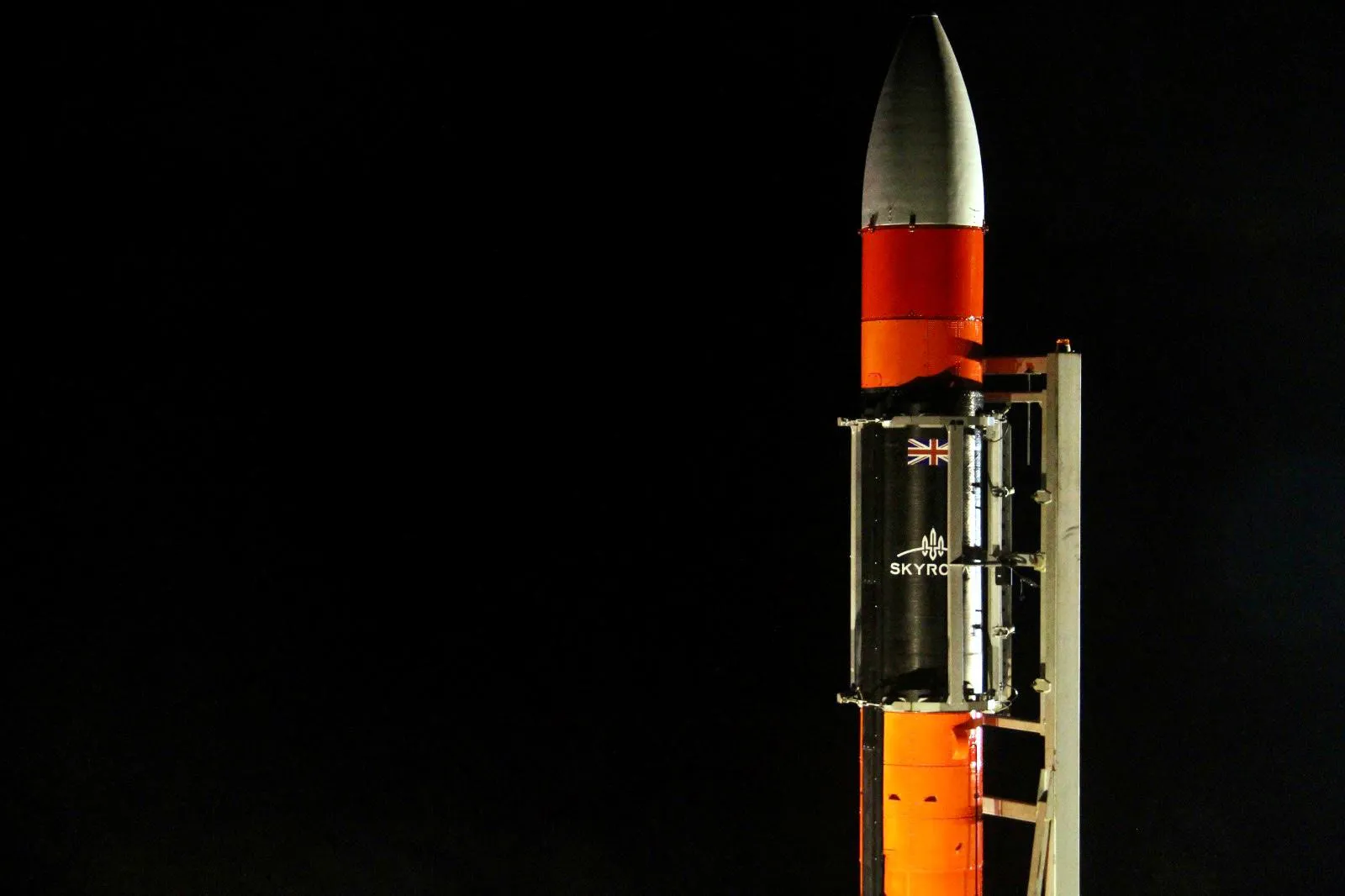Tracking ocean plastic pollution using satellite technology

The European Space Agency is manufacturing satellites that identify discarded plastics such as water bottles, fishing nets, and grocery bags, all the while monitoring the concentration, movement, and origin of plastic debris across the world’s oceans.
Until the development of such satellites, most of this debris has previously been found using alternative methods, such as towing underwater cameras that locate and take images of debris found deeper underwater, and even going as far as to swim through the debris.
Scientists are working on Earth observation satellites that will track plastic debris in the ocean from space by searching for the plastic’s reflected light signature in the water. This is an extremely challenging method of identifying plastic debris since the individual pieces of plastic are smaller than the minimum-sized objects that satellites can resolve.
Aggregations of floating plastic debris have been identified off the coasts of Scotland and Canada using satellite imagery. The satellites that provided this analysis were not originally manufactured for marine applications: the satellites were intended to image Earth’s landforms.
Due to repeated imagery being taken of the same patch of Earth every few days by these satellites, with high spatial resolution at 10 meters, the Sentinel-2A and Sentinel-2B satellites were perfect for imaging discarded ocean plastics near coastlines.
The researchers analysing the satellite imagery focused on two areas: Gabriola Island, British Columbia, Canada, and the Eastern coast of Scotland near Edinburgh. These images were then compared against measurements of how water, floating plants and plastics reflect and absorb light, and how the pixilation of the various factors can be differentiated across satellite images.
Deploying satellites to monitor marine litter on a global scale would provide researchers working on the development of plastic pollution data about its profusion, concentration, and movement. The objective of deploying such satellites would be to demonstrate the practicality and achievability of remote sensing of plastic debris, eventually providing data that could produce a map of global concentrations of the discarded plastic.
Such data could prove a method of validating current debris identification models and increasing certainty about how ocean plastic pollution is amassing and disseminating – and its origin. This would potentially lead to more targeted actions in combatting the issue.
On its own, this information does not have the ability to curb the plastic pollution problem. In order to resolve this issue, the source must be addressed. The majority of plastic debris found in the ocean comes from land, so it is not just addressing the source in terms of the industry that must be considered, but also in terms of waste management practices on the land.
References:
1. EOS (2019), Satellite Imagery Reveals Plastic Garbage in the Ocean
2. BBC News (2019), Can you spot ocean plastic from space?
3. Mongabay (2020), Satellite imagery is helping to detect plastic pollution in the ocean
4. News Deeply (2018), Tracking Ocean Plastic Pollution from Space



